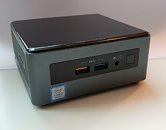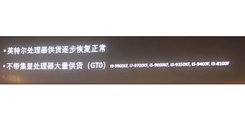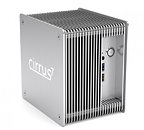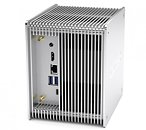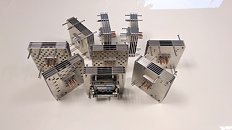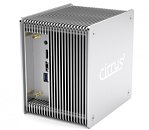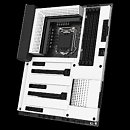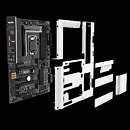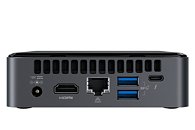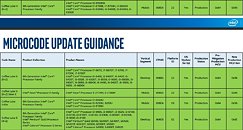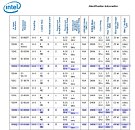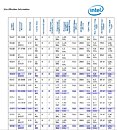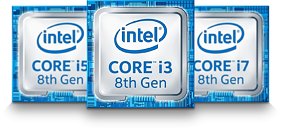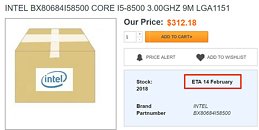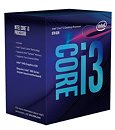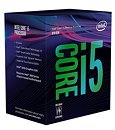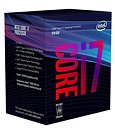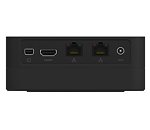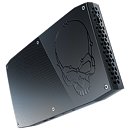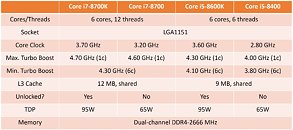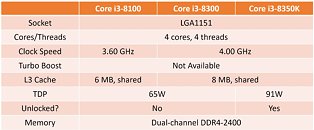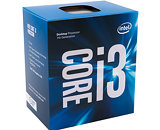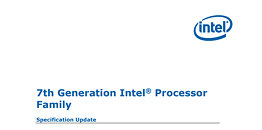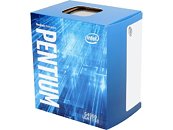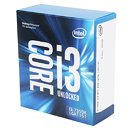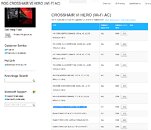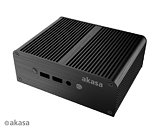
Intel CPU Shortages to Worsen Thru Q2-2019
Supplies of Intel processors will worsen in the second quarter of 2019 according to Taiwan-based industry observer DigiTimes. In a research-based report covering not just the DIY channel, but also the OEM channel focusing on notebook manufacturer, DigiTimes notes that heading into Q2, growth in demand for entry-level portables such as Chromebooks based on entry-level Intel processors, and mainstream notebooks powered by Core i3 processors, which make up the largest demographic of PC consumers in the market.
A pertinent concept to this report is supply-gap, the percentage difference between demand and supply. A positive supply-gap indicates demand exceeding supply and shortages. Leading notebook vendors HP, Dell, and Lenovo, reported supply-gaps of 5% going into Q3-2018, which severely impacted their bottom-lines. The companies waded through Q4 with 4-5%. DigiTimes reports that even Apple wasn't spared from shortages in "Amber Lake" processors. "In the first quarter of 2019, the Core i5 processors featuring Coffee Lake architecture are now having the worst supply shortfall. Some of the demand for Intel's entry-level Atom processors has turned to AMD, while some others have opted for Core i3 processors," the report reads. AMD's market-share among OEMs increased from 9.8% in Q1-2018 to 15.8% in Q1-2019.
A pertinent concept to this report is supply-gap, the percentage difference between demand and supply. A positive supply-gap indicates demand exceeding supply and shortages. Leading notebook vendors HP, Dell, and Lenovo, reported supply-gaps of 5% going into Q3-2018, which severely impacted their bottom-lines. The companies waded through Q4 with 4-5%. DigiTimes reports that even Apple wasn't spared from shortages in "Amber Lake" processors. "In the first quarter of 2019, the Core i5 processors featuring Coffee Lake architecture are now having the worst supply shortfall. Some of the demand for Intel's entry-level Atom processors has turned to AMD, while some others have opted for Core i3 processors," the report reads. AMD's market-share among OEMs increased from 9.8% in Q1-2018 to 15.8% in Q1-2019.

